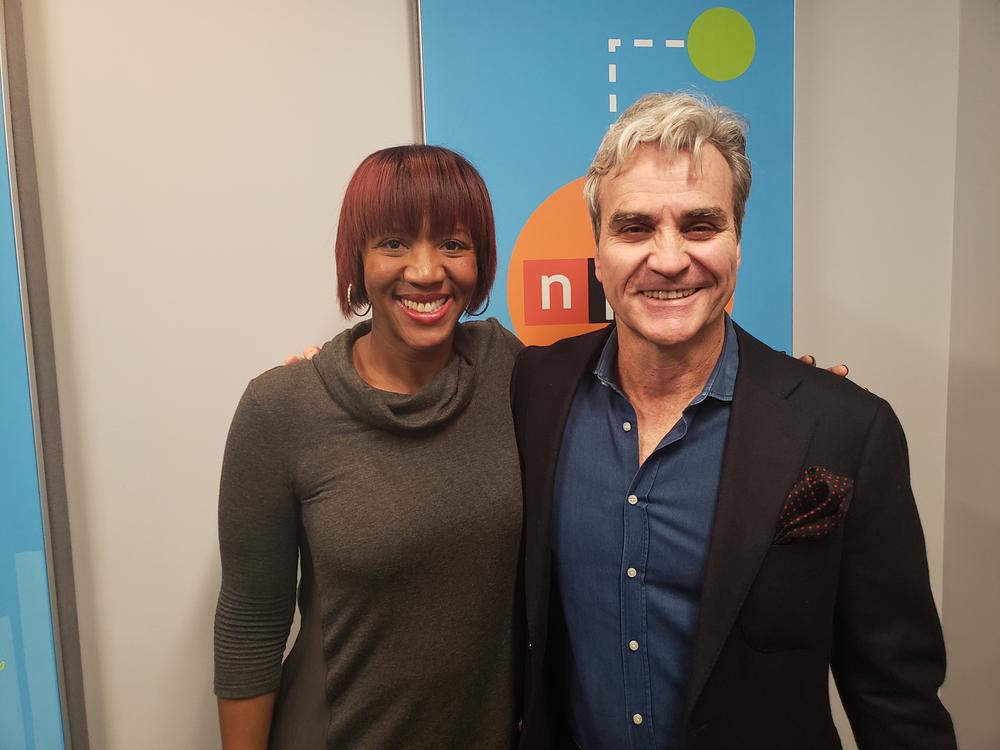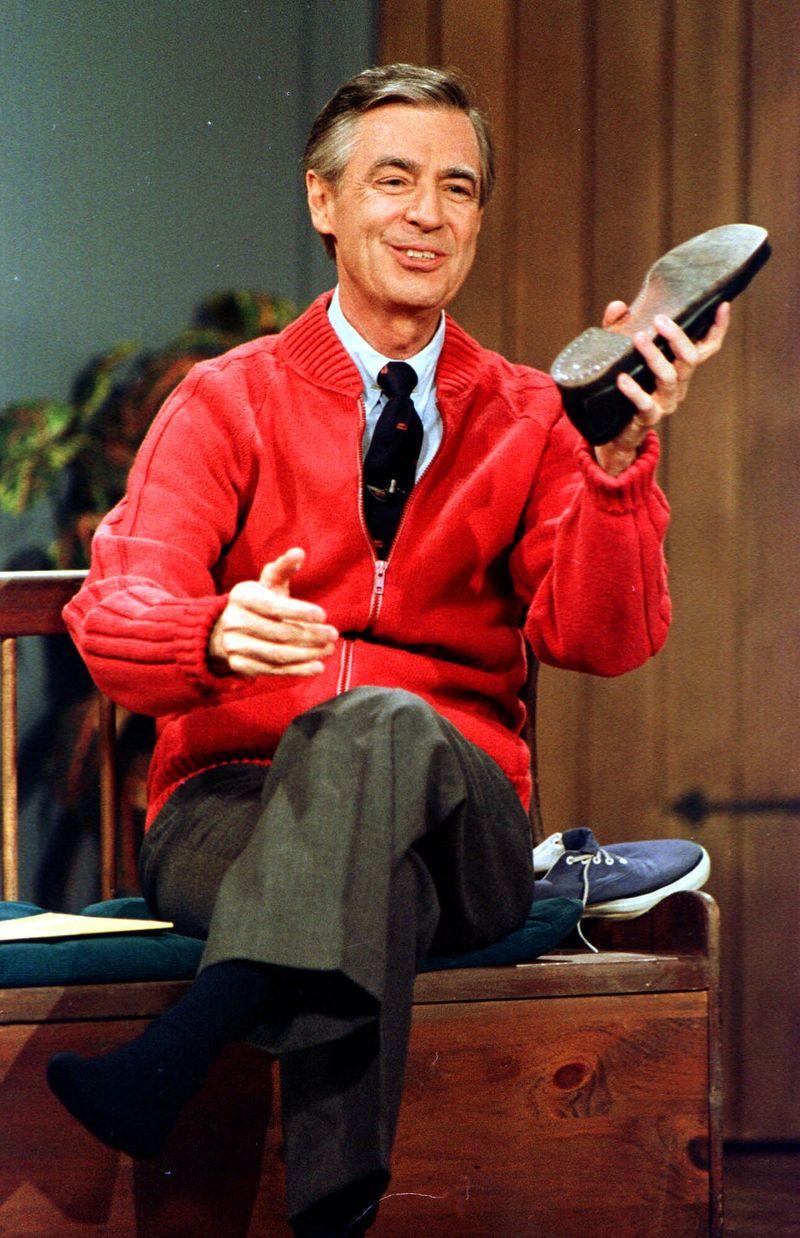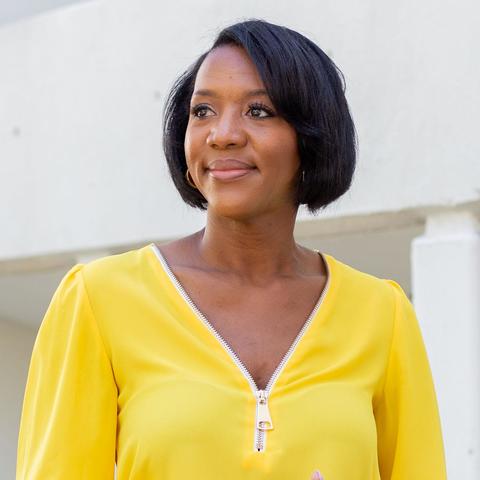Section Branding
Header Content
Marietta Journalist Shares His Bond With Mr. Rogers In 'A Beautiful Day In The Neighborhood'
Primary Content
For many people around the world, the beloved public television show Mr. Rogers' Neighborhood is a reminder of a simpler time.
Starting in 1968, Fred Rogers spent three decades teaching children that each of them is special in their own way.
GPB's Leah Fleming sits down with journalist Tom Junod to talk about his friendship with Fred Rogers
Tom Hanks stars as Rogers in a film that debuts in theaters Friday.
A Beautiful Day In The Neighborhood is a story about a special friendship that blossoms between a journalist on assignment and the beloved TV host.
https://www.youtube.com/watch?v=-VLEPhfEN2M&ab_channel=SonyPicturesEntertainment
The movie is based on the real-life experience of Tom Junod, who profiled Mr. Rogers for Esquire magazine in 1998.
Junod, who is a senior writer for ESPN and lives in Marietta, sat down with GPB’s Leah Fleming.
INTERVIEW HIGHLIGHTS:
Leah: You’ve said before that you never would have profiled Mr. Rogers if not for an assignment from Esquire. What was that first meeting like?
Tom: At the time, I was basically generating most of my ideas. But this one came as an assignment for a special issue on American heroes that we were going to do at Esquire. I did not necessarily accept the idea that Mr. Rogers, who I knew mostly through Eddie Murphy's parody on Saturday Night Live, was an American hero.
I had called the offices in Pittsburgh and they had given me Fred's number. I called him and he said “Well Tom, I'm right around the corner from you.” He had an apartment in New York. And he says, “You can you can come on over if you want, but I’m wearing my robe and my slippers. I've been trying to take a nap.”
So I walk over there and he opens the door and there's Mr. Rogers in his robe and slippers. He had this amazing talent for speaking to the child in you. Within 20 minutes, I'm talking about the bunny rabbit that I had, you know, back when I was 3 or 4 years old.
Leah: In the movie, the journalist character isn't really you, but a character based on you. Talk a little bit about that because this isn't the exact story between you and Mr. Rogers, but it is in a way, right?
Tom: Yeah, exactly. I mean, there's a lot of differences. I was not estranged from my dad, even though my dad was a complicated man with whom I had a complicated relationship. But I did not get into a fistfight with him. He didn't leave me when my mother was dying.
But the spirit of the friendship is very, very accurately portrayed. The movie's very true to that. True to the fact that Fred Rogers saw something in me. From the moment I met him until my last conversation with him, a few months before he died, (Fred) was just always working on me to bring out the best in me from beginning to end.
Leah: In your article "Can you say…Hero?" you mentioned that Mr. Rogers always wanted people to remember that they were a child once. And you even modeled your article as if you were writing to a child. Why do you think that was so important to him?
Tom: I think it allowed him to open the door to anybody he met. Whether he was talking to a child, a CEO or a middle-aged journalist going through some troubled times. He had that ability to open the door by speaking to that inner child. It was his superpower. And so, he could get anybody to talk to him on this other level.




